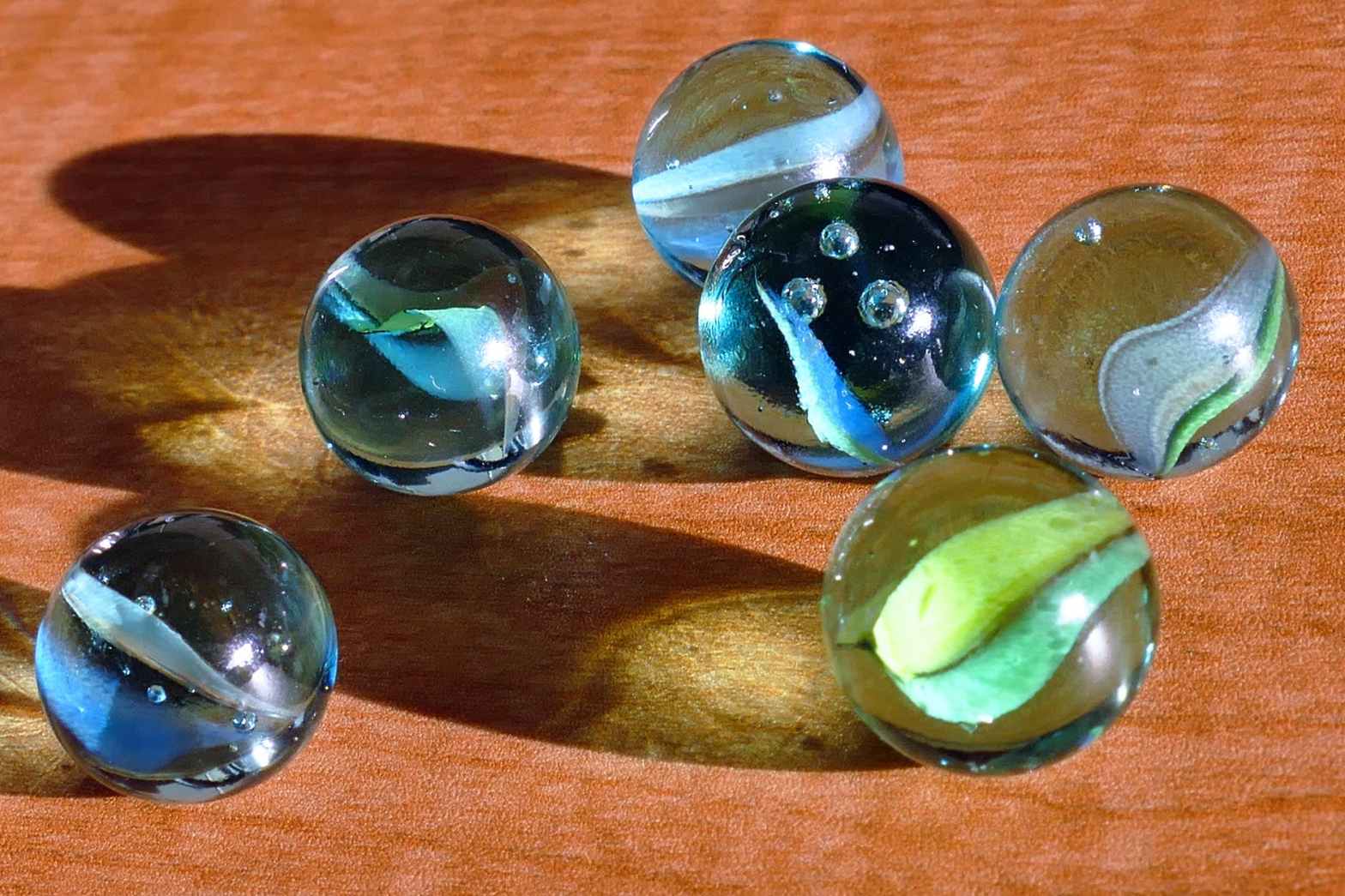Q: A collision occurs between two marbles of equal mass ( m1 = m2 ). Marble ( m2 ) is initially at rest, and ( m1 ) travels with a velocity ( v1 ). After colliding, ( m2 ) acquires a velocity ( v2′y ) of 1.10 m/s and travels 400 from the original line of motion of ( m1 ). On the other hand, ( m1 ) moves at a velocity ( v1′f ) of 1.36 m/s at an unknown angle ( φ ) from the original line of motion. What is the initial velocity ( v1 ) of m1?
INITIAL CONDITIONS
FINAL CONDITIONS
A: When a system is isolated from the influence of outside forces, the net momentum ( p = mv ) of the system’s components will be conserved. Momentum is oftentimes described as the “ quantity of motion “ possessed by a system and/or its components. Inertia is a measure of an object’s tendency to resist a change in motion, and it is proportional to the amount of mass ( m ) possessed by an object ( or system ). For example, a cannon’s components, at rest, are motionless. When a cannon is fired, however, equal and opposite forces are enacted upon the cannon and its ammunition. The force generated by this system is proportional to the potential energy stored by the gunpowder’s molecular arrangement. Kinetic energy ( KE = ½ mv2 ), which is the “ energy of motion “, is expressed in terms of momentum in the following manner:
p = mv
p2 = m2v2
p2/m= mv2
KE = p2/2m
Thus, the less massive cannonball will acquire a relatively large velocity ( and KE ), and conversely, the cannon will recoil with a relatively smaller velocity. Nonetheless, the quantity of motion between the two objects is the same. If the cannonball and cannon had the same mass, they would acquire the same velocity upon being fired. If we assume that the cannon’s immediate surroundings are part of the system, an outside force would be needed to move anything that is not directly influenced by the cannon’s explosion; thus, in this case, the system’s initial momentum is zero, and its net final momentum is zero as well. A system’s initial momentum, however, need not be zero in order for momentum to be conserved. The circumstance above can be modeled in the following manner:
pi = pf
m1v1 + m2v2 = m1v1′ + m2v2′
Since m1 = m2, the masses cancel:
v1 + v2 = v1′ + v2′
Initially, the only moving component of the system is ( m1 ), so the velocity of ( m2 ) can be eliminated from the equation:
v1 = v1′ + v2′
After the collision, both marbles travel in a diagonal direction. For this reason, the motion of the marbles must be broken into x/y components. Since ( m1 ) travels at an unknown angle ( φ ) after the collision, we must first analyze the y-components of travel:
v1y = 0.00 m/s
v1′y = -1.36 m/s sin φ
v2′y = 1.10 m/s sin θ
v1y = v1′y + v2′y
0.00 m/s = -1.36 m/s sin φ + 1.10 m/s sin θ
1.36 m/s sin φ = 1.10 m/s sin θ
sin φ = [ ( 1.10 m/s sin θ ) / 1.36 m/s ]
sin φ = [ ( 1.10 m/s sin 400 ) / 1.36 m/s ]
sin φ = [ ( 0.707 m/s ) / 1.36 m/s ]
sin φ = 0.520
φ = 31.30
We may now use the x-components of velocity to solve the problem:
v1x = v1′x + v2′x
v1x = 1.36 m/s cos φ + 1.10 m/s sin θ
v1x = 1.36 m/s cos 31.30 + 1.10 m/s sin 400
v1x = 1.16 m/s + 0.843 m/s
v1x = 2.00 m/s
